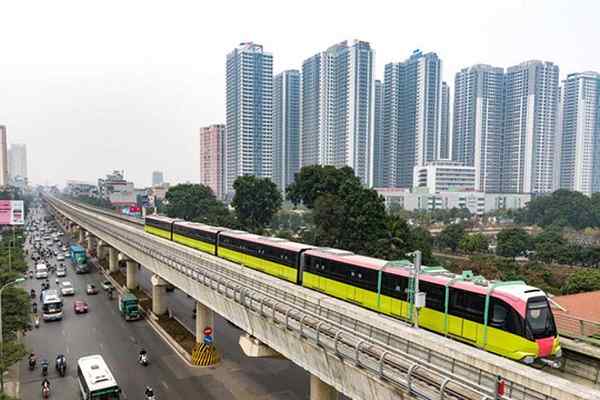 California commences construction on $12bn Los Angeles - Vegas High Speed Rail Project
California commences construction on $12bn Los Angeles - Vegas High Speed Rail Project Kochi Water Metro floats tender to procure 15 more electric-hybrid ferries
Kochi Water Metro floats tender to procure 15 more electric-hybrid ferries Siemens Mobility-Hassan Allam Construction JV Sign Contract for UAE – Oman Railway Link
Siemens Mobility-Hassan Allam Construction JV Sign Contract for UAE – Oman Railway Link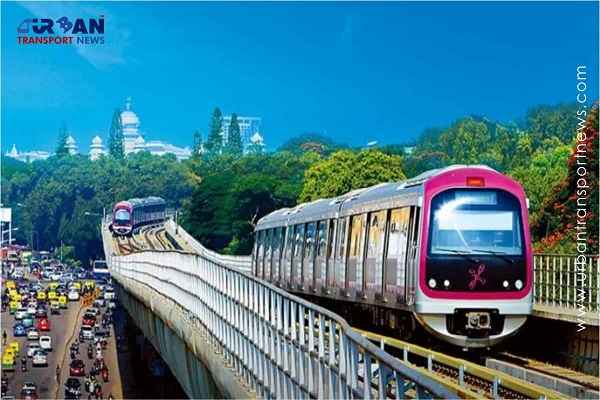 What is better public transport option for Bengaluru - RRTS or Metro Expansion?
What is better public transport option for Bengaluru - RRTS or Metro Expansion?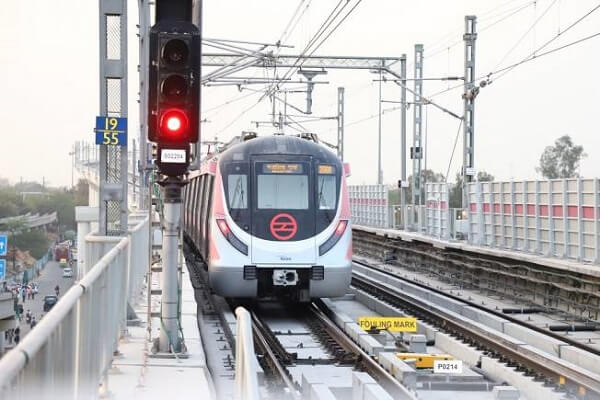 Behind Closed Doors: Corruption Uncovered in Delhi Metro's Top Management
Behind Closed Doors: Corruption Uncovered in Delhi Metro's Top Management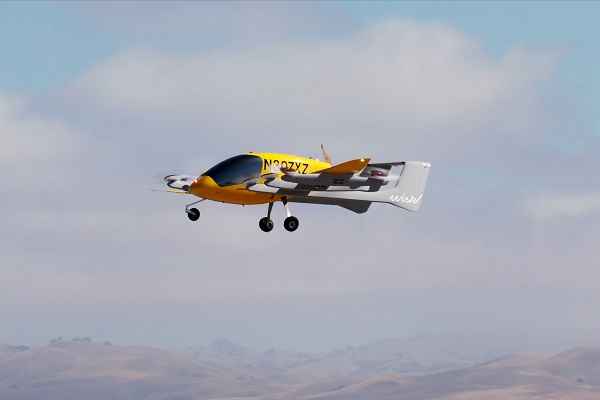 IndiGo to launch Urban Electric Air Taxis between Delhi to Gurugram
IndiGo to launch Urban Electric Air Taxis between Delhi to Gurugram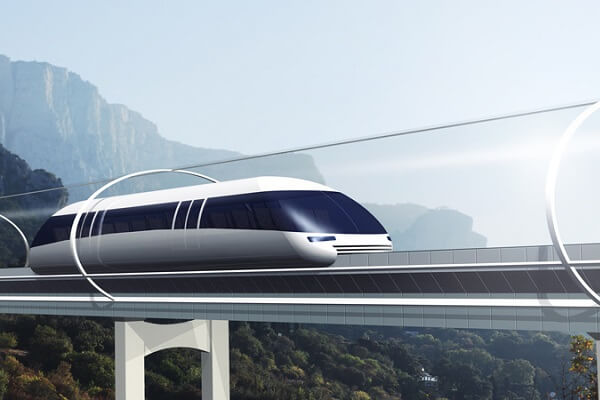 Swisspod secures Strategic Investment to advance the Hyperloop Transportation
Swisspod secures Strategic Investment to advance the Hyperloop Transportation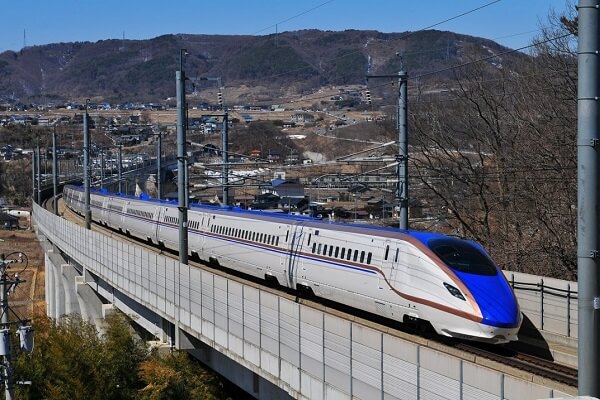 Siemens Mobility revolutionizes Copenhagen's S-bane Network with Driverless Technology
Siemens Mobility revolutionizes Copenhagen's S-bane Network with Driverless Technology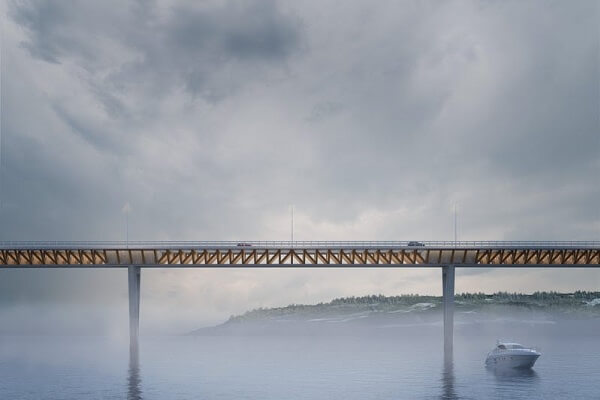 Unlocking prosperity between India and Myanmar: The Kaladan Multi-Modal Transit Project
Unlocking prosperity between India and Myanmar: The Kaladan Multi-Modal Transit Project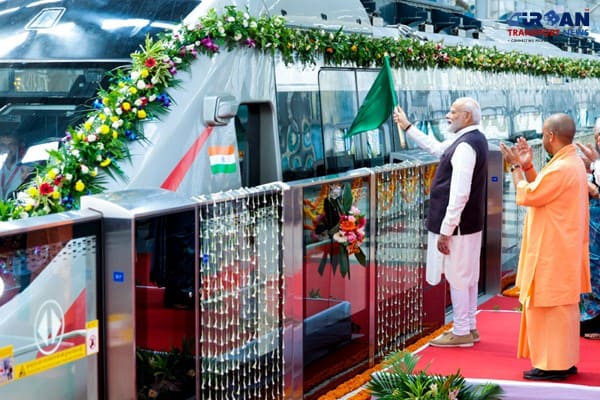 Is the RRTS Truly Accessible to the Common Man or Only the Privileged?
Is the RRTS Truly Accessible to the Common Man or Only the Privileged?
It's right time to plan a light metro rail system for Guwahati: E. Sreedharan
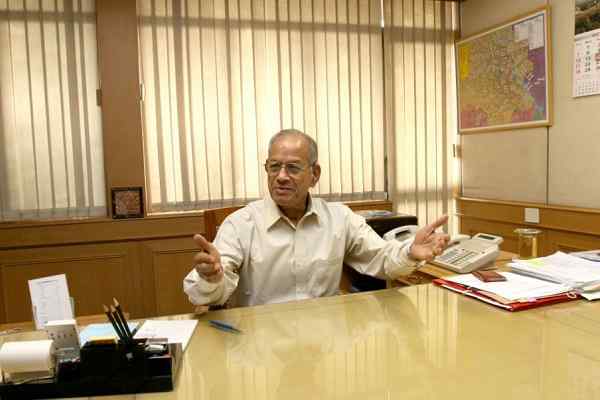
Considered a treasure trove of information on the Metro and railways, Dr. E. Sreedharan, known as the Metroman, credited with designing and implementing the swiftest metro network in the country, has recently talked on the possibilities of a metro rail system in Guwahati. Here are edited excerpts:-
Is the Delhi Metro model a feasible idea for a city like Guwahati which has a population of around 20 lakhs?
Dr. E. Sreedharan: If the population of Guwahati has reached 20 lakhs, it is the right time to plan for a Metro system. Getting approval for the Metro and for its implementation, at least 5 to 6 years are required. But, Metros are highly capital intensive and cannot be financially justified. It can only be justified based on social benefits.
Being an active seismic zone, are underground Metro routes possible?
Dr. Sreedharan: The Metro need not be underground always. Whether underground or overhead, Metros can be designed to resist seismic intensity. Japan is situated in the seismic zone but all the big cities of Japan have Metros.
Are there any cost-effective alternatives to Metro Rail available for cities like Guwahati where passenger traffic may not be as high as Delhi?
Dr. Sreedharan: It is true Metro Rail is a very costly affair. Conventionally it costs Rs 250 crores per km for the elevated corridor and Rs 450 crores for the underground network. Cheaper options like Bus Rapid Transit System, Light Rapid Transit System, and tramways have lower passenger capacities. Roads would have to be widened for them and this is equally expensive. Most Metros make the mistake of fixing high fares for generating quick revenue. Metro is a social service and should not be guided by business considerations alone. The Metro network must cover most city areas. Ridership will increase only if Metro stations are within half a kilometre of commuter destinations.
Can Sky Bus Metro a viable and alternative option in smaller cities like Guwahati?
Dr. Sreedharan: If you are referring to buses plying on elevated viaducts as sky bus, it is certainly an option. However, the transport capacity of such a system will be very low. Light Metro will be a better alternative.
According to you what should be the shortest and longest distance between two Metro stations and why?
Dr. Sreedharan: The distance between 2 stations of a Metro system depends upon ridership from the locality. In thickly populated areas, the distance between stations can be 0.8 to 1 km. Where the population density is less, the distance can be 1.5 to 2 km. Source: GPlus





